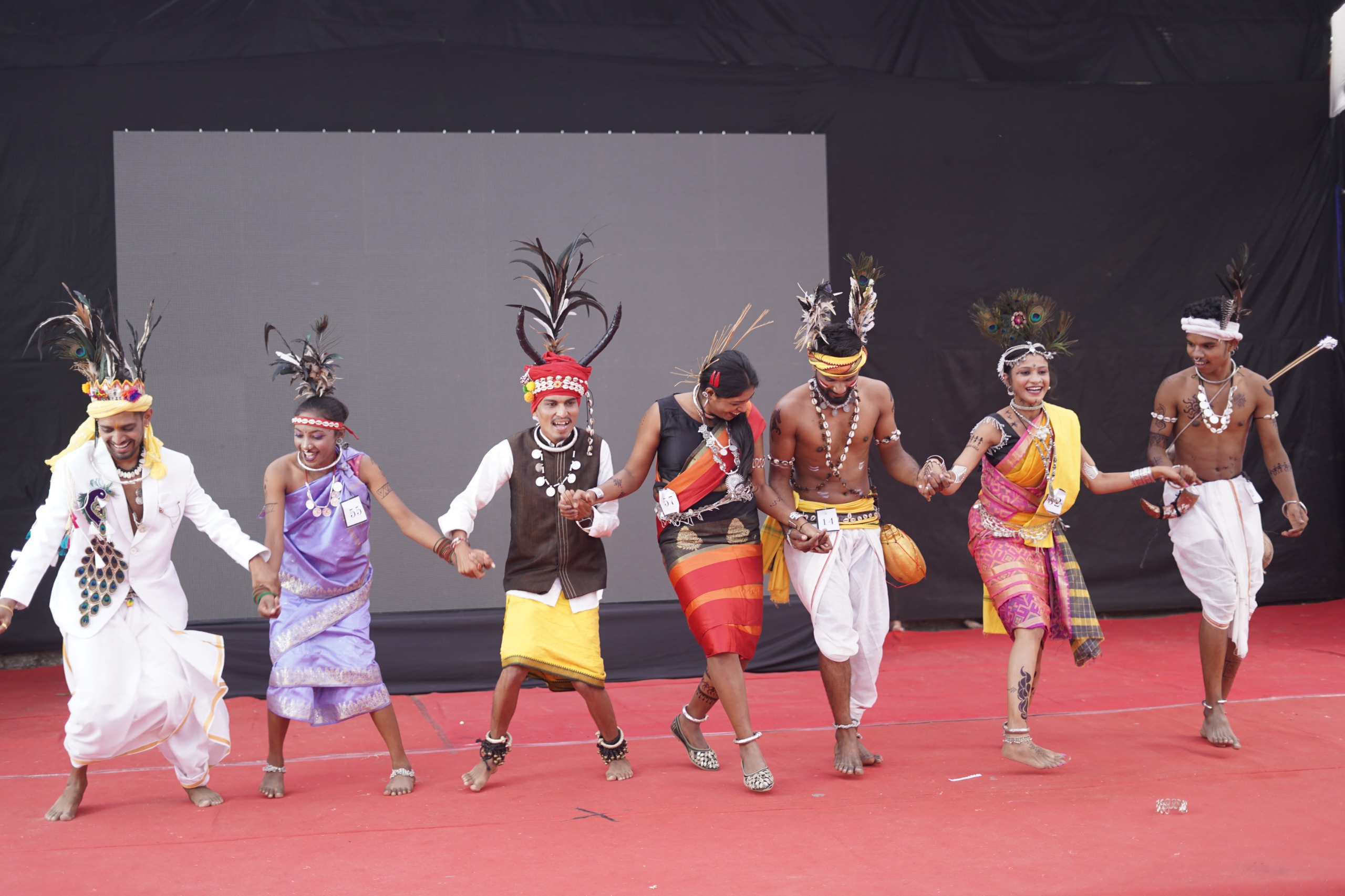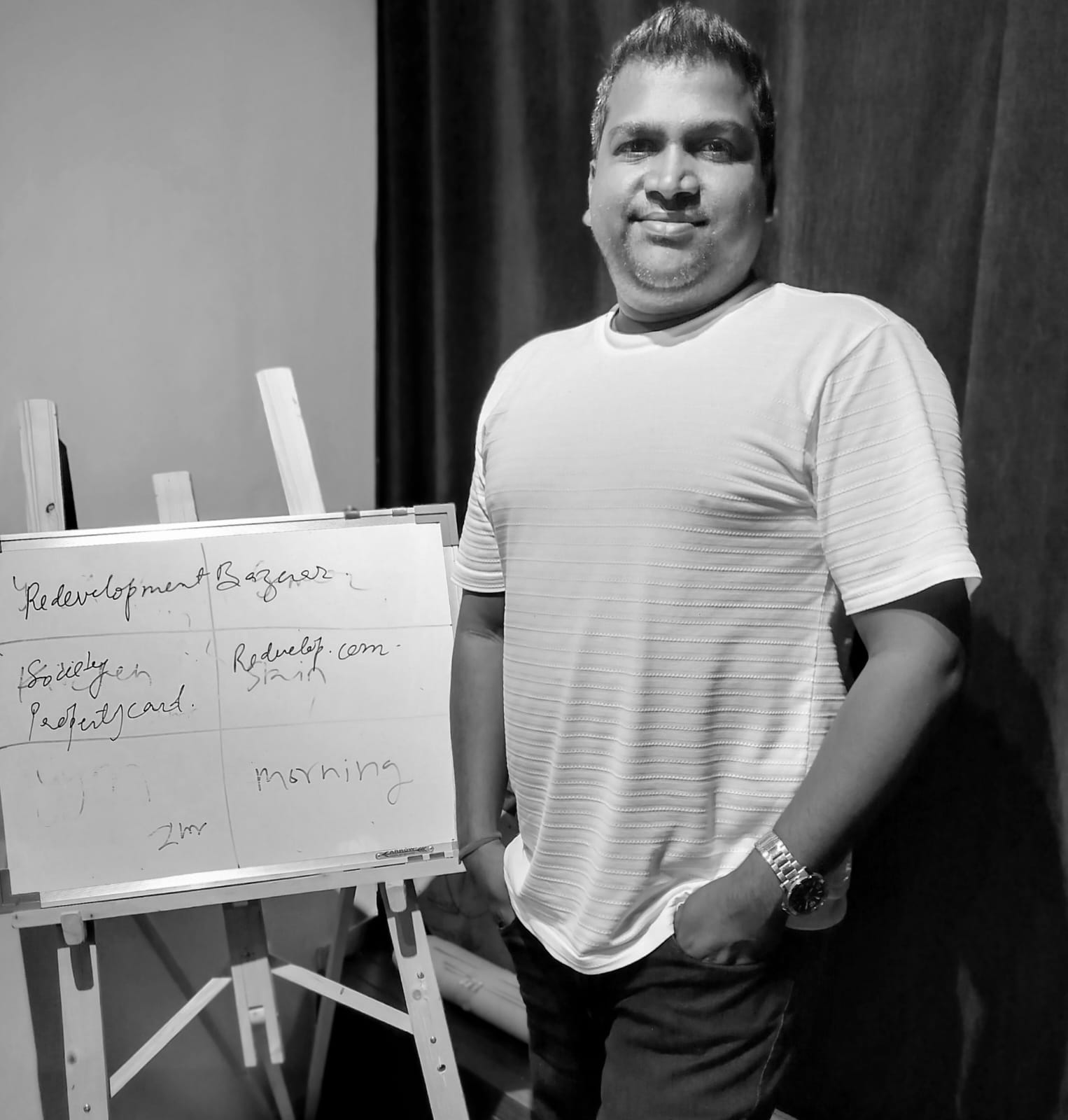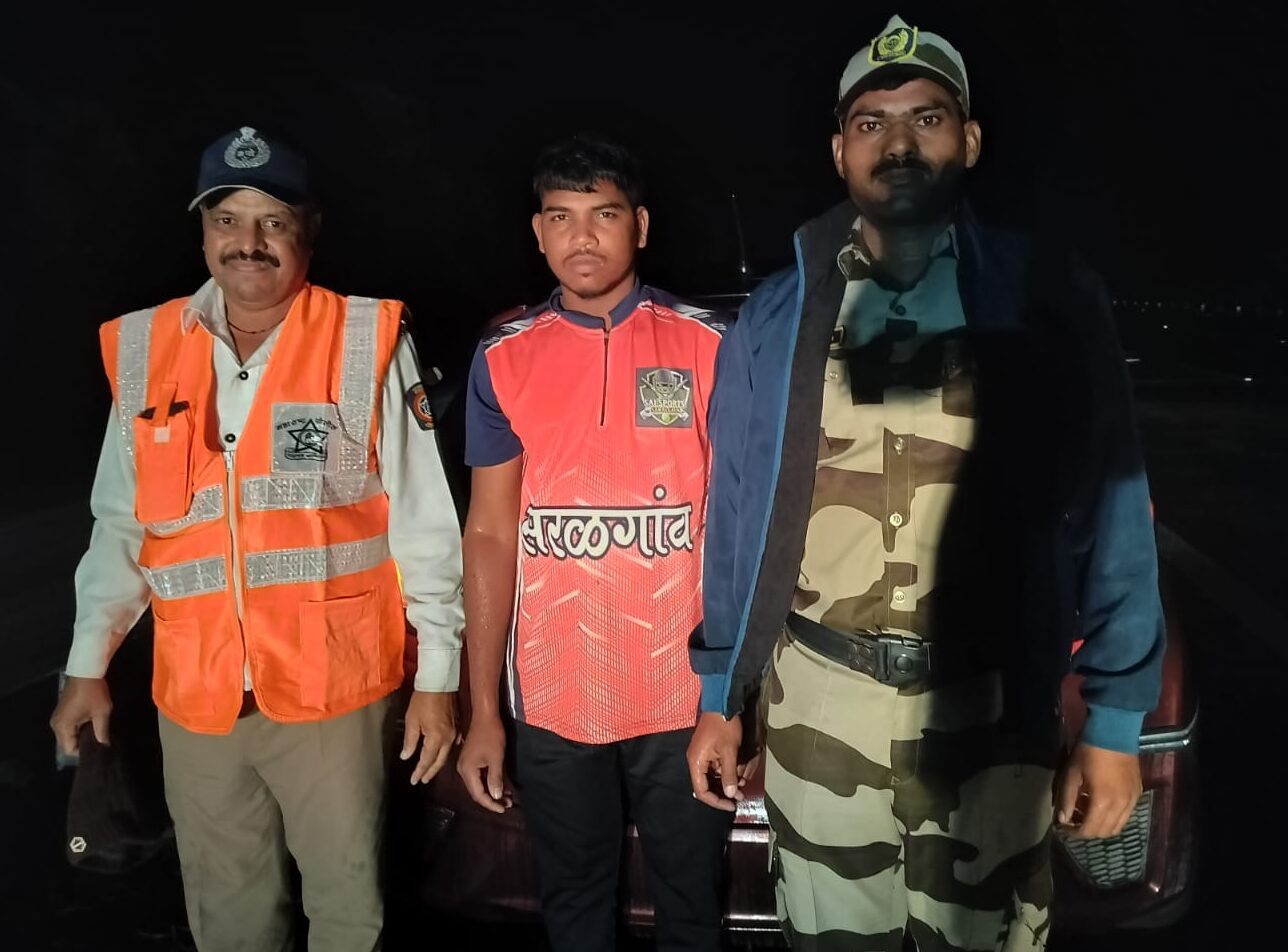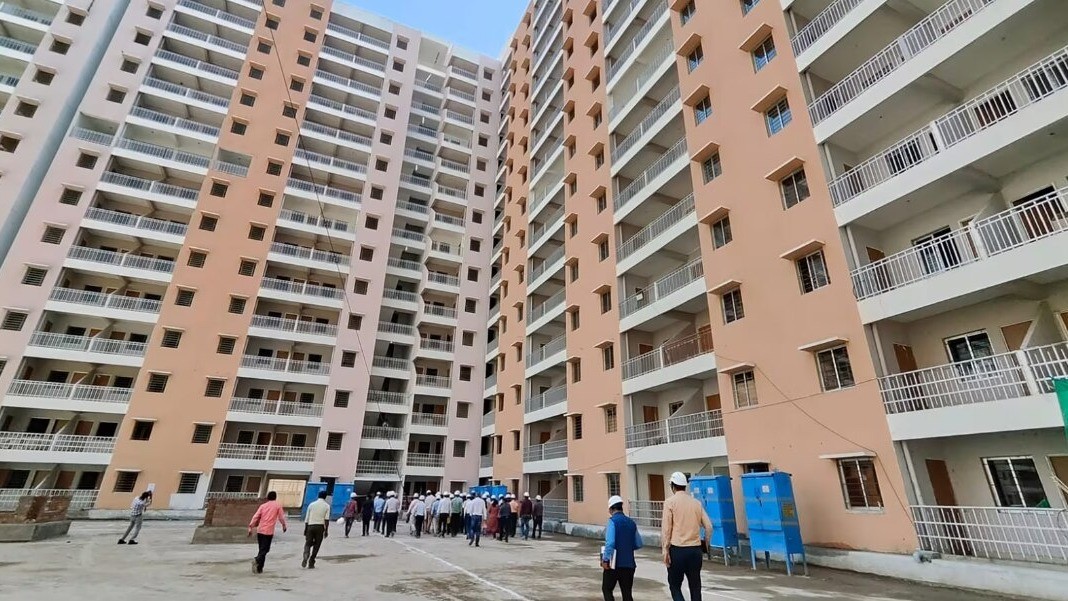Introduction
The Western Express Highway (WEH) connects Mumbai‘s western suburbs to its northern outskirts. It stretches around 25.33 kilometres from Bandra to Dahisar, providing a lifeline for commuters and allowing for seamless mobility throughout the congested city. This six-lane highway is essential for connecting major commercial centres, residential neighbourhoods, and Mumbai’s international airport. The WEH is well-known for its strategic importance, as it considerably lowers travel time, making it important for daily commuters. Its proximity to the Mumbai-Ahmedabad National Highway strengthens its position as a gateway for intercity travel.
Latest News On Western Express Highway
May 07, 2025: BMC has allocated Rs 50.86 crore for a six-month monsoon maintenance plan for service roads along Mumbai’s Eastern and Western Express Highways. Four tenders have been floated to fill potholes, repair trenches, and resurface damaged patches using mastic and asphalt. These 12-metre-wide roads, essential for local access, often deteriorate during rains and are not covered under previous contracts. Separately, Rs 34 crore has been earmarked for pothole repairs in the western suburbs. Additionally, BMC is concretising 450 km of roads citywide, with a May 31 deadline.
January 2025: The Brihanmumbai Municipal Corporation (BMC) plans to upgrade the 26-kilometre Western Express Highway (WEH) connecting Bandra East to Dahisar. Key initiatives include drafting an SOP to address bottlenecks, improving rainwater drainage, minimising humps caused by mastic technology, and ensuring operational streetlights. Measures like adding traffic signals, widening roads, and removing abandoned vehicles aim to enhance traffic flow. Collaboration with IIT-Bombay focuses on road concretisation and beautification with greenery and attractive dividers. These upgrades, involving multiple agencies, aim to reduce congestion, improve road quality, and ensure pedestrian safety, benefiting over 2.2 million daily motorists.
January 10, 2025: The BMC plans to widen a 300-400m traffic bottleneck on the Western Express Highway (WEH) from Mohan Gokhale Road to Aarey Check Naka in Goregaon. The road will be expanded from 45m to 57-61m by removing around 300 illegal residential and commercial structures, including shops, garages, and showrooms. The Doodh Sagar Society road will serve as the service road post-widening, expected to be completed within three months. Encroachments are being cleared under BMC’s Removal of Bottleneck Policy, offering monetary compensation instead of alternative housing. Local MP Ravindra Waikar noted that persistent efforts over 15 years have led to this development, aiming to resolve long-standing traffic congestion at Aarey Check Naka.
An Overview Of Western Express Highway
The Western Express Highway (WEH), technically known as Ali Yavar Jung Marg, is one of the northernmost-southern arterial roads in Mumbai, India. It stretches over about 25.33 kilometres: from the suburb of Mira Road in the north to Bandra in the south. The highway has 8 to 10 lanes and accommodates 220,000 to 380,000 PCUs per day. During peak hours, the volumes at certain junctions go up to over 10,000 PCUs, which causes congestion.
Some flyovers have been built along WEH to ease traffic congestion, such as the Andheri Flyover, inaugurated in 2002. Further, the Sahar Elevated Access Road, commissioned in 2014, provides the interface directly to the Chhatrapati Shivaji Maharaj International Airport. Despite all these infrastructure developments, the WEH is still plagued by congestion, especially in peak hours. To remedy this, it is planned to build a 15 km elevated corridor at an estimated Rs 5,500 crore, would further improve traffic flow and break bottlenecks.







 Users Today : 0
Users Today : 0